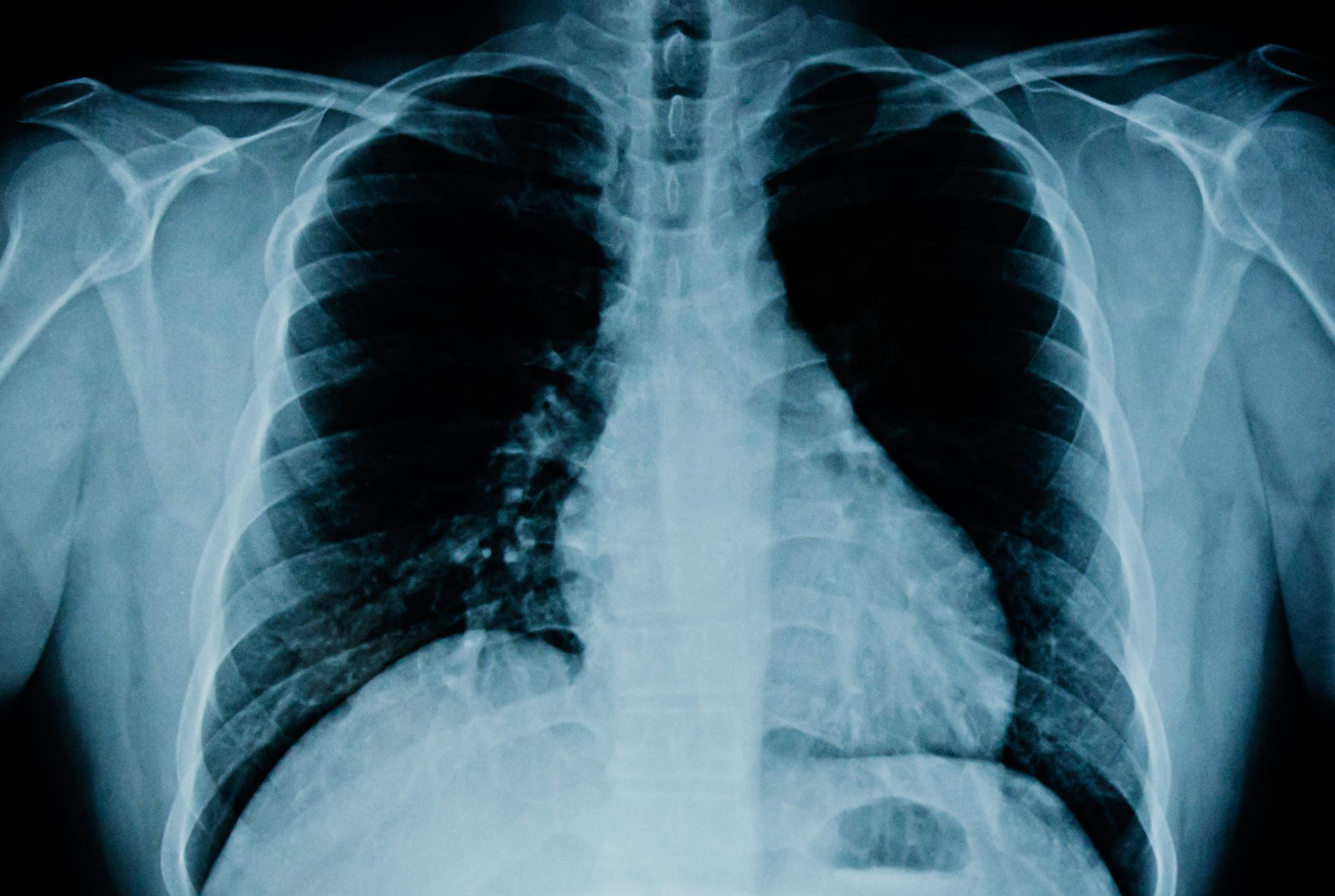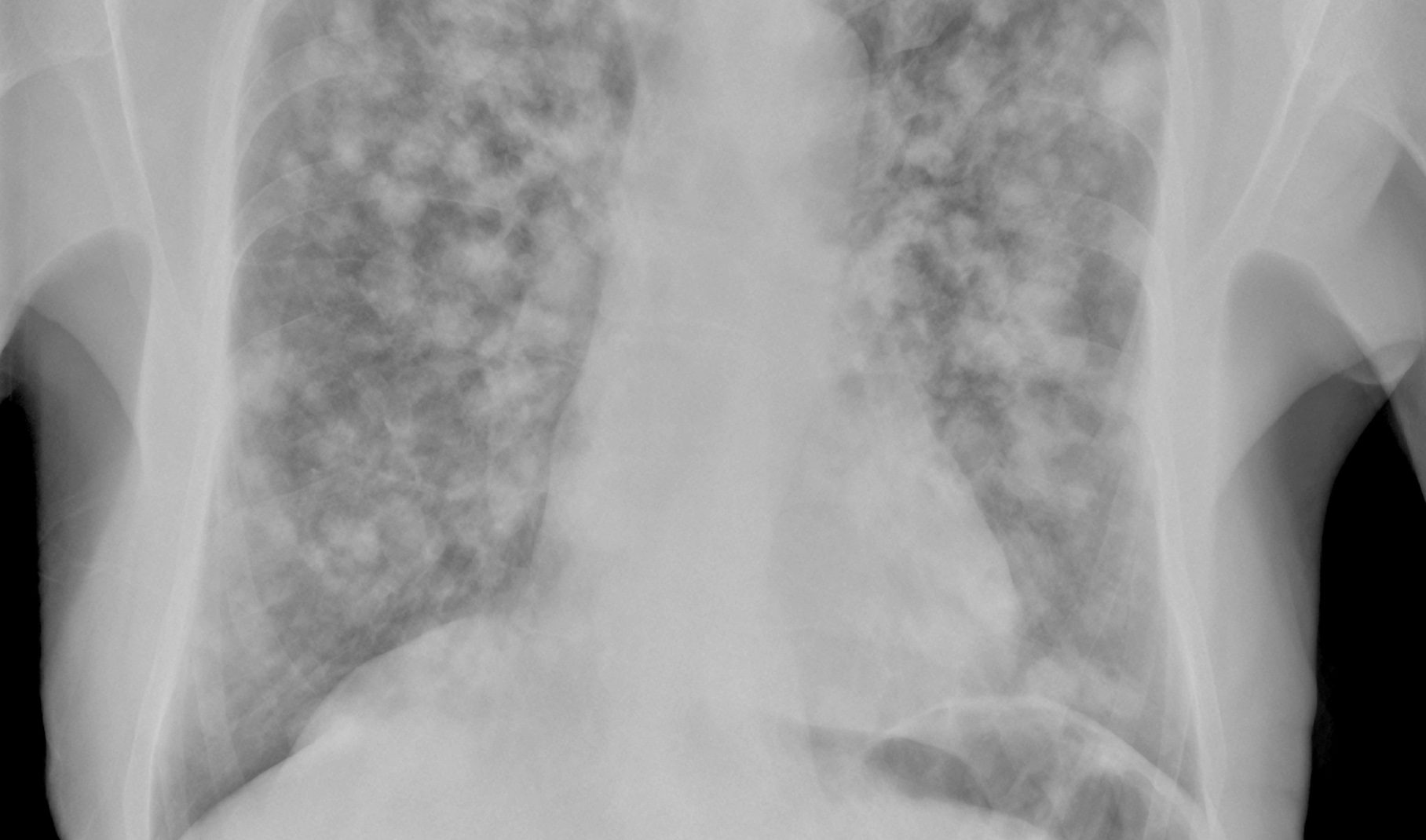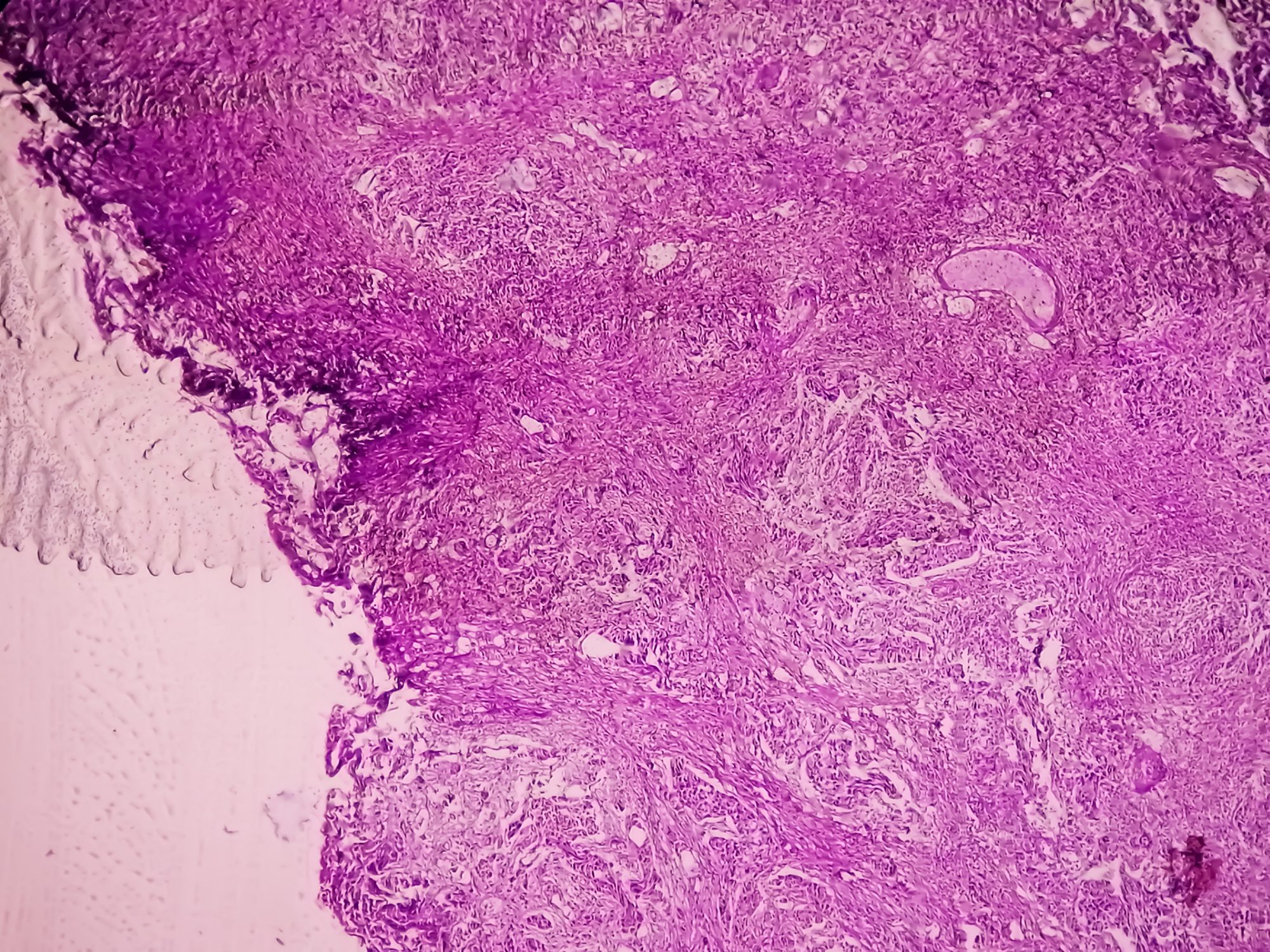In around 40-60% of those who are diagnosed with ADHD in childhood, the symptoms persist into adulthood. There are also cases in which ADHD is only diagnosed for the first time after the age of 18. Comorbid mental illnesses are more common in adult ADHD patients. In addition to pharmacotherapy, psychotherapy or coaching is an important pillar of treatment. Individually adapted therapy with stimulants improves the focus of attention and self-control in ADHD sufferers.
“Attention wanes, concentration wanes, distraction increases, boredom is almost unbearable,” is how Dr. Markus Signer, MD, specialist in psychiatry and psychotherapy, Psy-Bern, illustrated the experience of patients with attention deficit hyperactivity disorder (ADHD) [1]. “ADHD patients are constantly painting a colorful sand mandala,” the speaker explained [1]. Pending tasks and mountains of paper are piling up, while they are distracted by trivialities, rarely set priorities and are often late. The diagnosis and treatment of attention deficit hyperactivity disorder (ADHD) is a focus of the Psy-Bern practice. The assessment was mainly carried out by psychologists, with the majority of patients being referred by general practitioners or primary care providers, reported Dr. Signer [1]. Parents of affected children often also want to have their condition checked. “There is a clear genetic component to ADHD,” explained the speaker [1]. With regard to neurobiological correlates, it is known that certain control circuits in the frontal brain are disturbed. Statistical data on the frequency of ADHD shows that it is not just a problem that affects children and adolescents: the prevalence of ADHD is around 3% in adults (around 6% in children and adolescents).
| ADHD in everyday life: practical tips |
| Travel abroad: Stimulants are subject to the Narcotics Act, so a notarized certificate is required (“Schengen form”) |
| Fitness to drive: is generally given with ADHD; observe special rules for professional drivers. |
| Athletes: exemption required as methylphenidate is a prohibited stimulant according to the doping list |
| Pregnancy: possibly discontinue, but there is no evidence of increased teratogenicity in humans with regard to common psychostimulants; check www.embryotox.de; if necessary, consider switching to bupropion/venlafaxine/sertraline or citalopram. |
| Fitness for military service: If ADHD was diagnosed in childhood and has subsided over time and the person affected has been without medication or symptoms for at least one year, they can perform military service without restriction. Otherwise, their fitness for work is limited or, in the case of partial remission and continued medication, not at all. |
| Important CH specialist and counseling centers for ADHD: – Project ADxS e.V., www.adxs.org – ADHS organization elpos Switzerland, https://elpos.ch – Swiss ADHD Association, www.sfg-adhs.ch/de |
| to [1,17,18] |
How does ADHD manifest itself in adulthood?
In contrast to ICD-10, ICD-11 emphasizes that ADHD should be classified dimensionally [3,4]. While hyperactivity and impulsivity are pronounced in children and adolescents, these decrease from adolescence onwards, but distractibility and comorbidities increase, according to Dr. Signer [1]. There are overlaps with depression, schizophrenic disorders, bipolar disorders and migraine. In the DSM-5, specifics of ADHD in adulthood are defined for the first time: the number of necessary symptoms from the age of 17 was reduced and the functional impairment of those affected is considered more relevant [5]. In addition to the core ADHD symptoms, symptoms of emotional dysregulation also occur in adulthood. These include low frustration tolerance, irritability and pronounced mood swings [6]. This symptom cluster sometimes has considerable psychosocial effects. People with ADHD achieve a lower socioeconomic status on average, family relationships are often conflictual and the risk of delinquent behavior is increased [7,8]. The latter is reflected in above-average ADHD prevalence rates in the prison system [9]. People with ADHD have an increased tendency to have accidents, especially in road traffic, which contributes significantly to an increase in mortality across all age groups [10]. In adults with ADHD, special attention should be paid to any psychiatric or somatic comorbidities that may be present. The current guidelines recommend multimodal treatment of ADHD [2]. The hypothesis underlying stimulant therapy is that dopaminergic and noradrenergic signals are reduced in ADHD and that this can be compensated for by pharmacotherapy.
Screening and diagnostic clarification
For adults with signs of ADHD, the Adult ADHD Self-Report Scale (ASRS-v1.1, part A) can be used. Primary care providers can use this screening tool to narrow down the probability of ADHD using 6 questions. The symptom checklist (ASRS-v1.1, part B) contains 12 additional items [11]. According to Dr. Signer [1], the diagnostic testing at Psy-Bern is usually carried out by psychologists. The referral model valid from 1.7.2022 is currently decisive for referral for ADHD assessment or psychotherapy [12]. For the first two prescriptions, letters of referral from the primary care provider are sufficient; from the third prescription onwards, a medical-psychiatric assessment of the report by the psychotherapist in charge of the case is required. Structured interviews, such as the DIVA-5 (Diagnostic Interview for ADHD in Adults), can be used to explore ADHD-relevant symptom areas (attention deficits, hyperactivity, impulsivity) [19]. Based on the assumption that ADHD symptoms already appear in early phases of life, the second step is to retrospectively ask about difficulties in childhood. The test results are considered indicators in adult psychiatry, and the diagnosis is made clinically, the speaker explained [1]. The aim is a combination of self-assessment and external assessment. For reports to social insurance companies such as daily sickness allowance insurance/disability insurance, an assessment of functional capacity is useful in addition to the diagnosis. The speaker recommends using the mini-ICF app [13] for this purpose.
Pharmacotherapy with stimulants
Stimulants are highly effective in AHDS and can be used in all age groups [1]. The effect strengths are among the highest of all psychiatric medications, analogous to lithium for bipolar disorders, for example, reported Dr. Signer [1]. The primary aim of drug treatment is to alleviate the core symptoms of ADHD such as distractibility, attention deficit disorder, disorganization and impulsivity by filtering incoming stimuli [14]. Through these effects, stimulants reduce the functional impairments and risks associated with ADHD in everyday life. A response to therapy can be recognized by the fact that patients are calmer, more concentrated and less distractible. An objective approach to medication is desirable, as in the case of defective vision that requires adjustment of the spectacle correction. Rapid-release, sustained-release or combined-release drugs are available (Table 1) [1, 15].
First-line options approved by health insurers for the treatment of ADHD in adults are
- Concerta® (active ingredient: methylphenidate)
- Medikinet MR® (active ingredient: methylphenidate)
- Focalin XR® (active ingredient: dexmethylphenidate).
Also first-line, but can only be used off-label in adults (i.e. not approved by health insurers):
- Ritalin® (active ingredient: methylphenidate)
Cash-register approved, but can only be used as a second-line option:
- Elvanse® (lis-dexamfetamine)
The special feature of Elvanse® is the prodrug function [14]. Only when L-lysine is split off does the pharmacologically inactive prodrug become the active ingredient D-amphetamine. This should improve the linearity of the pharmacokinetics and thus the tolerability.
The side effect profile of psychostimulants is generally good. Initially, appetite suppression, head pressure and sleep disturbances occasionally occur and rebound effects can occur (i.e. symptoms such as fatigue, nervousness and palpitations occur when the effect wears off after 3-4 hours). Routine testing of laboratory parameters is not necessary in the context of ADHD diagnostics [16]. At Psy-Bern, blood pressure/pulse and weight are routinely checked; whether an ECG is performed depends on the patient’s medical history. Stimulants generally have few relevant interactions and can usually be combined well with other medications, e.g. with alpha-2 agonists (clonidine), antidepressants, neuroleptics, mood stabilizers (lithium), melatonin. To test the interaction potential, the website www.mediq.ch is helpful. In recent years, there have been occasional supply shortages of certain medicines; current information on this can be found on the following website: www.drugshortage.ch.
| In summary, it is about controlling and dealing with the symptoms by learning coping strategies. The aim is to provide patients with an explanatory model for ADHD symptoms so that they develop a better understanding of the development and maintenance of the disorder [1]. |
Psychotherapy and coaching
Important therapy goals are a good daily structure, an appropriate career choice and a stable social environment. In terms of psychotherapy methods, there is the greatest evidence for cognitive-behavioral approaches such as mindfulness and commitment. Dialectical-behavioral therapy has proven to be particularly helpful for emotionally unstable patients. Psychotherapy and coaching should be seen as synergistic treatment components. Due to their tendency to arrive late for appointments, it is advisable to send patients/clients reminders by sms. When dealing with ADHD patients, the present should be controlled, structured, praised and recognized. “Accept the deficits,” advised Dr. Signer [1]. ADHD patients are often traumatized because they were unable to meet expectations. What not to do: moralize, criticize, text, set unfulfillable expectations, freak out. The aim is to activate resources and strengthen self-efficacy. Ideally, those affected learn to deal constructively with their symptoms in everyday life; relaxation exercises and sport may be helpful. Impulses must be suppressed and attention channeled. Dealing with conflict-laden situations is a recurring theme, patients are accompanied by a feeling of otherness and often have a diminished sense of self-worth. Repressive measures can have a counterproductive effect, as they violate the sense of justice of ADHD patients.
Congress: Praxis Update Bern
Literature:
- “ADHD therapy for adults aged 18 and over: practical aspects and procedure”, Dr. med. Markus Signer, PraxisUpdateBern, 21.3.2024.
- “S3 guideline ADHD in children, adolescents and adults”, as of: 02.05.2017, https://register.awmf.org/de/leitlinien/detail/028-045,(last accessed 25.04.2024)
- ICD-10 International Classification of Diseases,10th Revision, www.icd-code.de, (last accessed 25.04.2024)
- ICD-11 International Classification of Diseases, 11th Revision, https://icd.who.int/en,(last accessed 25.04.2024)
- Banaschewski T, Döpfner M: DSM-5 – Attention Deficit/Hyperactivity Disorder [DMS-5 – attention-deficit/hyperactivity disorder]. Z Kinder Jugendpsychiatr Psychother 2014 Jul; 42(4): 271-275; quiz 276-277.
- Shaw P, et al: Emotion dysregulation in attention deficit hyperactivity disorder. Am J Psychiatry 2014; 171: 276-293.
- Erskine HE, et al: Long-term outcomes of attention-deficit/hyperactivity disorder and conduct disorder: a systematic review and meta-analysis. J Am Acad Child Adolesc Psychiatry 2016; 55: 841-850.
- Danckaerts M, et al: The quality of life of children with attention deficit/hyperactivity disorder: a systematic review. Eur Child Adolesc Psychiatry 2010; 19: 83-105.
- Retz W, et al: Psychometric and psychopathological characterization of young male prison inmates with and without attention deficit/hyperactivity disorder. European Archives of Psychiatry and Clinical Neuroscience 2004; 254(4): 201-208.
- Faraone SV, et al: Attention-deficit/hyperactivity disorder. Nat Rev Dis Primers 2015; 1: 15020.
- Adult ADHD Self-Report Scale, https://psydix.org/psychologische-testverfahren/asrs-v1.1,(last accessed 25.04.2024).
- Kieser U, et al: From the delegation model to the order model. 2022; retrieved 15.3.2024 from www.fmh.ch/dienstleistungen/recht/anordnung-psychotherapie.cfm,(last retrieved 25.04.2024).
- Linden M, et al: Mini-ICF-APP-S. A self-rating questionnaire on 13 mental abilities analogous to the external rating Mini-ICF-APP. 2018; Retrieved 13.3.2024 from www.researchgate.net, (last retrieved 25.04.2024).
- Praxis Suchtmedizin Schweiz, www.praxis-suchtmedizin.ch/index.php/de/medikamente/methylphenidat/dosierung-methylphenidat,(last accessed 25.04.2024).
- Swissmedic: Arzneimittelinformation,
www.swissmedicinfo.ch,(last accessed 25.04.2024). - Müller TJ: ADHD in adulthood – An update on treatment recommendations – Lecture Private Clinic Meiringen University of Bern. 2022; In Manuscript.
- Imboden C: Anti-doping regulations: What needs to be considered for exemptions? SGSPP News, 23/4-2023.
- swiss sport integrity, www.sportintegrity.ch/anti-doping/medizin/ausnahmebewilligung-atz/erlaubte-alternativen,(last accessed 25.04.2024).
- DIVA-Foundation: Diagnostic Interview for ADHD in Adults (DIVA). 2010; www.yumpu.com/de/document/read/51518604/diagnostisches-interview-fur-adhs-bei-diva-foundation,(last accessed 25.04.2024).
HAUSARZT PRAXIS 2024; 19(5): 30-32 (published on 25.5.24, ahead of print)












